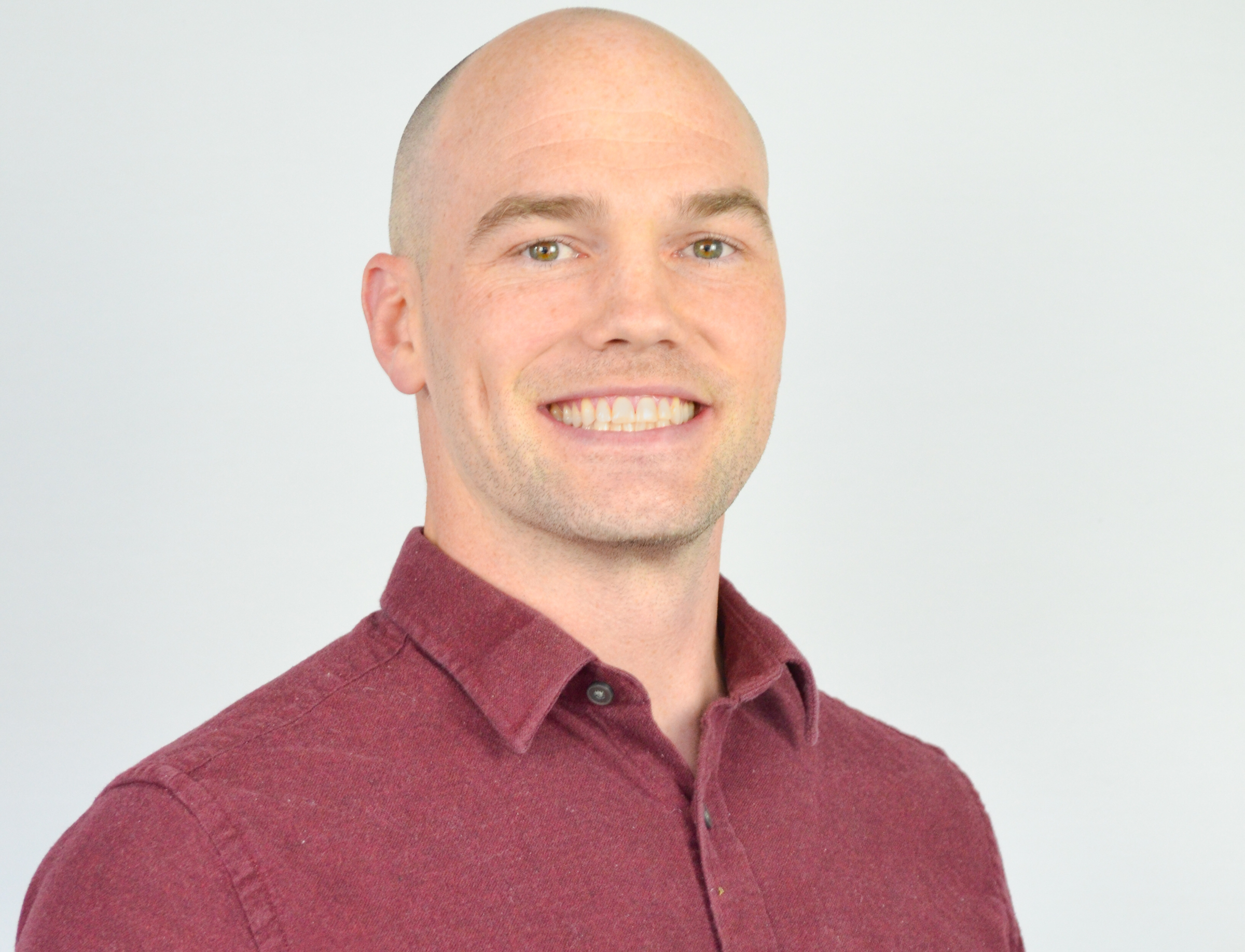Global construction and development firm Skanska USA has hired Dean Lewis as its first Director of Mass Timber & Prefabrication. Lewis, who will be based in his native Seattle, comes to Skanska with 13 years of experience in mass timber and engineering roles in Washington and California.
Lewis will be responsible for the company’s work on prefabrication and mass timber projects across the United States, furthering the scope and quality of Skanska’s mass timber builds, and consulting on business development efforts around mass timber projects.
“Dean’s hiring supports Skanska’s commitment to mass timber construction, as use of the material increases in the industry,” said Lew Guerrette, executive vice president and general manager, Skanska USA Building in Seattle. “In addition to the enhanced aesthetics, the use of mass timber helps our clients achieve their sustainability goals while reducing construction time and costs. Dean’s expertise, passion, and management experience will make him an invaluable mass timber advisor to our teams and clients.”
Before joining Skanska, Lewis was with Alphabet-funded Sidewalk Labs for two years, working on new construction technologies in the mass timber space. He has also worked for Swinerton Mass Timber (Timberlab) (2019-2021), DCI Engineers (2010-2019) and the U.S. Army Corps of Engineers (2009-2010).
During his career, Lewis has overseen multiple mass timber construction projects including office buildings, campus dorms, multi-family developments, and hotels. He has an extensive experience with design and fabrication, project management and delivery, logistics, procurement, among other aspects of the construction process. He has also been part of published research projects within the mass timber space.
Lewis graduated from Washington State University (WSU) where he earned a Bachelor of Science in Civil Engineering and a Master of Science in Structural Engineering. At WSU, he studied under Dr. J. Daniel Dolan, P.E., a premier figure in the mass timber industry, who inspired him to pursue a career in the field. Lewis is following a similar career path to his father, who worked in construction, and his grandfather, an architect.
About Skanska
Skanska uses knowledge & foresight to shape the way people live, work, and connect. More than 135 years in the making, we’re one of the world’s largest development and construction companies. We operate in select markets throughout the Nordics, Europe and the United States. Skanska in the U.S. is headquartered in New York City with 29 offices around the country. In 2022, construction in the U.S. generated $6.9 billion in revenue, and as a developer in the U.S., Skanska has invested a total of $3.5 billion in commercial and multi-family projects. Together with our customers and the collective expertise of our 6,500 teammates in the U.S. and 28,000 globally, we create innovative and sustainable solutions that support healthy living beyond our lifetime.
Related Stories
| Nov 2, 2010
A Look Back at the Navy’s First LEED Gold
Building Design+Construction takes a retrospective tour of a pace-setting LEED project.
| Nov 2, 2010
Wind Power, Windy City-style
Building-integrated wind turbines lend a futuristic look to a parking structure in Chicago’s trendy River North neighborhood. Only time will tell how much power the wind devices will generate.
| Nov 2, 2010
Energy Analysis No Longer a Luxury
Back in the halcyon days of 2006, energy analysis of building design and performance was a luxury. Sure, many forward-thinking AEC firms ran their designs through services such as Autodesk’s Green Building Studio and IES’s Virtual Environment, and some facility managers used Honeywell’s Energy Manager and other monitoring software. Today, however, knowing exactly how much energy your building will produce and use is survival of the fittest as energy costs and green design requirements demand precision.
| Nov 2, 2010
Yudelson: ‘If It Doesn’t Perform, It Can’t Be Green’
Jerry Yudelson, prolific author and veteran green building expert, challenges Building Teams to think big when it comes to controlling energy use and reducing carbon emissions in buildings.
| Nov 2, 2010
Historic changes to commercial building energy codes drive energy efficiency, emissions reductions
Revisions to the commercial section of the 2012 International Energy Conservation Code (IECC) represent the largest single-step efficiency increase in the history of the national, model energy. The changes mean that new and renovated buildings constructed in jurisdictions that follow the 2012 IECC will use 30% less energy than those built to current standards.
| Nov 1, 2010
Sustainable, mixed-income housing to revitalize community
The $41 million Arlington Grove mixed-use development in St. Louis is viewed as a major step in revitalizing the community. Developed by McCormack Baron Salazar with KAI Design & Build (architect, MEP, GC), the project will add 112 new and renovated mixed-income rental units (market rate, low-income, and public housing) totaling 162,000 sf, plus 5,000 sf of commercial/retail space.
| Nov 1, 2010
John Pearce: First thing I tell designers: Do your homework!
John Pearce, FAIA, University Architect at Duke University, Durham, N.C., tells BD+C’s Robert Cassidy about the school’s construction plans and sustainability efforts, how to land work at Duke, and why he’s proceeding with caution when it comes to BIM.
| Nov 1, 2010
Vancouver’s former Olympic Village shoots for Gold
The first tenants of the Millennium Water development in Vancouver, B.C., were Olympic athletes competing in the 2010 Winter Games. Now the former Olympic Village, located on a 17-acre brownfield site, is being transformed into a residential neighborhood targeting LEED ND Gold. The buildings are expected to consume 30-70% less energy than comparable structures.
| Oct 27, 2010
Grid-neutral education complex to serve students, community
MVE Institutional designed the Downtown Educational Complex in Oakland, Calif., to serve as an educational facility, community center, and grid-neutral green building. The 123,000-sf complex, now under construction on a 5.5-acre site in the city’s Lake Merritt neighborhood, will be built in two phases, the first expected to be completed in spring 2012 and the second in fall 2014.















